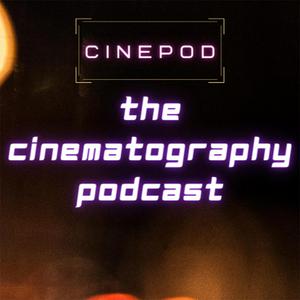Last Take: Rust and the Story of Halyna director Rachel Mason
Rachel Mason's documentary, Last Take: Rust and the Story of Halyna, is not a sensationalist recounting of tragedy. It's a deeply personal exploration of the life and untimely death of cinematographer Halyna Hutchins, whose life was tragically cut short on the set of Rust. Rachel, a friend and fellow filmmaker, centers the narrative on Halyna herself, weaving together interviews with her friends and colleagues to illuminate her legacy beyond the sensationalized headlines.
Rachel and Halyna became friends through their children, who were classmates at the same daycare. This shared experience blossomed into creative collaboration, with Rachel and Halyna working together on music videos, gallery installations, and performance art pieces. Following Halyna's death, her widower, Matt Hutchins, entrusted Mason with the task of creating a documentary, out of a desire to counter the overwhelming media frenzy. “At first, the idea of doing a documentary about Halyna made literally no sense,” Mason recalls. “She's the person I wanted to make films with. Suddenly I had to recognize, no, she has passed on, and someone's got to tell the world who she was.”
Rachel dove into Halyna's filmography and personal film archives that she had stored on hard drives. Halyna's detailed notebook for Rust, filled with ideas and references, offered a profound insight into her creative process. While Rachel wanted to create a beautiful biography about her friend, she recognized the need to confront the media's portrayal of the shooting. “The media portrayal of the way things unfolded became part of the film, because all the different people involved got distorted in the media. That became part of grappling with this story and trying to find the truth by going back and meeting the real people who were there.”
As Halyna's friend, Rachel gained the trust of Halyna's colleagues on the film, who shared their memories of her. Halyna's own words from her notebooks and in messages and emails add to the narrative. Rachel also had to sit through the trial of the armorer, Hannah Gutierrez-Reed, which was one of the of the hardest things she had to do for the documentary.
The decision to complete Rust after Halyna's death sparked ethical debates within the film community. However, her family, including her mother, strongly supported the project. Rachel, who was granted exclusive access to the set during filming, believes that finishing Rust was essential. “Halyna wanted the world to see her work. She was so ambitious,” Mason emphasizes. “I have no doubt, Rust was gonna be the film that all the other directors would see a new, up and coming superstar. This would have taken their breath away. She would have gotten calls—she would have been a high level DP.”
You can see Last Take: Rust and the Story of Halyna on Hulu.
Find Rachel Mason: https://www.futureclown.com/
Instagram:@futureclown
Sponsored by Hot Rod Cameras: https://hotrodcameras.com/
Sponsored by Aputure: https://aputure.com/
The Cinematography Podcast website: www.camnoir.com
YouTube: @TheCinematographyPodcast
Facebook: @cinepod
Instagram: @thecinepod
Blue Sky: @thecinepod.bsky.social

